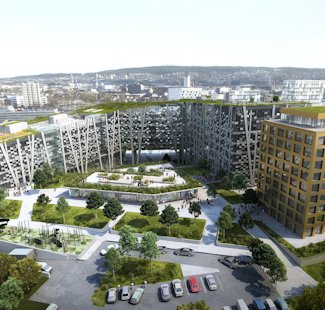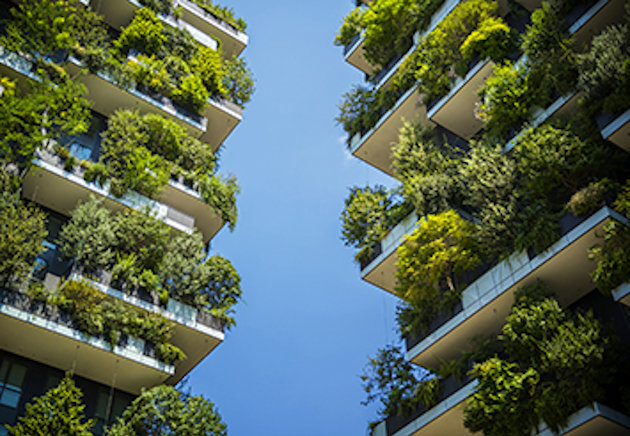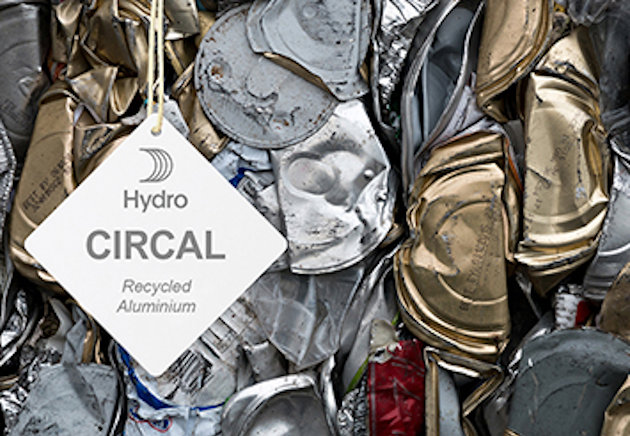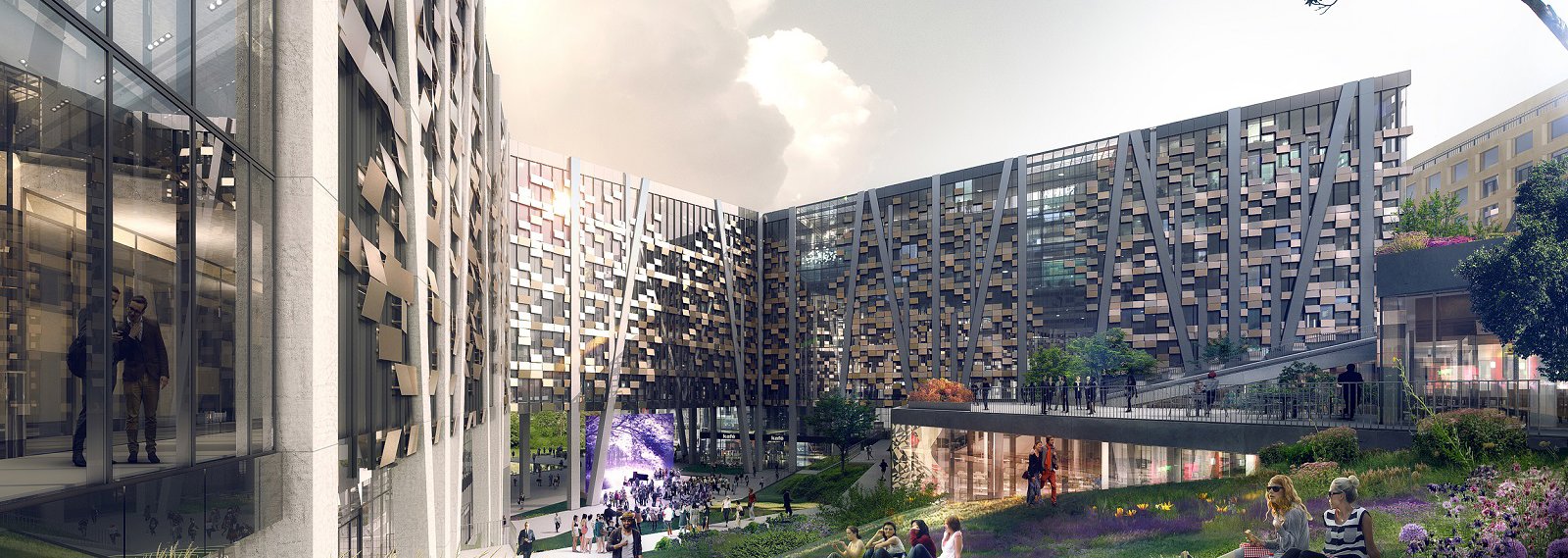Building greener is a (balancing) act
The building of the future must be greener and more sustainable. It requires regulations that impose strict requirements on the one hand, and creative architects who won't be thrown off-stride on the other.
There is a revolution going on. A rather materialistic one. With architects, scientists, professionals and material manufacturers standing at the barricades for a greener future. The revolution is about the possibilities that exist in the various materials we are going to build and live with. Can we use materials more efficiently? Can we discover new compositions? How large a carbon footprint do the different materials have? How is availability, now and in the future?
That's what we need to find out.

Conservative and creative
There are many who will help shape the future and help us achieve the sustainability goals set by the United Nations and other authorities. The construction industry is one of them, and that is no small player.
In 2017, the industry reached an economic peak, capturing 16 per cent of Norway's gross national product alone. With population growth and increasing pressure on the cities, it is essential that the construction industry joins the team. At the same time, it is a conservative industry, bound by regulations and technical guidelines. An industry that can't be changed overnight.
And in the middle of this, between the population, housing and construction sites, stands the architect. The one who is to balance and navigate between regulations and technical guidelines, the functional and the beautiful.

Materials in the right place
One who is concerned more than most with materials is Bendik Manum. Architect and professor at NTNU, Faculty of Architecture and Design, Department of Architecture and Technology.
"We see a great interest in sustainable materials. Here, most building materials have a role to play," explains Bendik.
According to Bendik, wood is an obvious material, since the process from raw material to construction product has low CO2 footprint, while keeping carbon out of the CO2 cycle for a period. That explains why we are now seeing several large building projects in wood, but Bendik says that all materials that with favorable energy and CO2 imprints can be placed in a recycling flow will have an advantage going forward.
A new way of thinking
While wood is an obvious choice of material for sustainable buildings, aluminum is perhaps more surprising. Like many of its architect colleagues, Bendik points out that bauxite extraction (the raw material for aluminum production) is something we cannot keep up with in the long run. Used in thoughtful ways, aluminum has great potential to enter into a recycling cycle, where the aluminum from buildings that are demolished is recycled and turned into something new.
The more you think about recycling, the better.
Positive to clear marking
How does this role of the architect, a role that balances rules and regulations, influence the creative and the innovative? Is it good for materials to be labeled, such as Hydro's greener product labels, CIRCAL 75R and REDUXA 4.0?
The professor is positive to actors who label their materials, making it easier to make good choices.
"It is smart to develop clearly labeled recycling products. It will have a real positive effect. A regulatory framework that promotes sustainable solutions is also good, but we must avoid rules and control systems that are designed to prevent inventive and good solutions," he says.
"If recycled and recyclable aluminum is developed as reliable brands, you will buy it even if it is more expensive.
"It's a bit like steel grades and classic racing bikes. When I was younger you could really just look for the 'Reynolds' stamp on the frame to know that the bike was of good quality. Something in that direction, I think, is wise."
At Hydro, we passionately believe in a sustainable future. In this article series, we talk with industry leaders and professionals. Here we explore the theme of "a sustainable construction industry" and how together we can create the future of building and construction using technological innovations.
Illustration of Økern portal: DARK / Luxigon
 A sustainable building industry A sustainable building industry |
 Hydro recycled aluminium Hydro recycled aluminium |
 Hydro low carbon aluminium Hydro low carbon aluminium |







